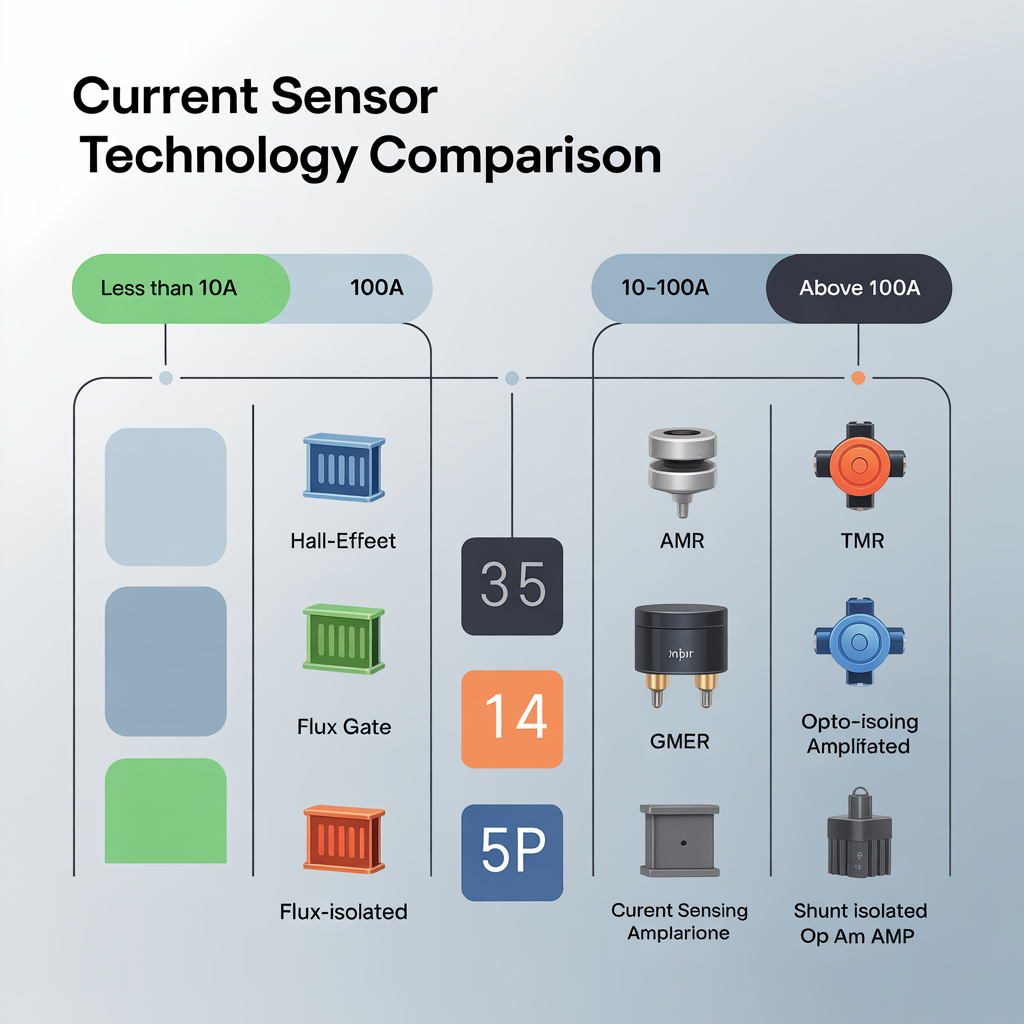The global current sensor market is poised for significant growth during the forecast period from 2024 to 2030, driven by the rising demand for energy efficiency, the proliferation of electric vehicles (EVs), and the ongoing expansion of industrial automation. Current sensors, which detect and convert electrical current into a measurable output signal, play a critical role in monitoring and controlling current flow in a wide array of applications, including automotive systems, renewable energy, industrial equipment, and consumer electronics.
One of the primary drivers of the current sensor market is the accelerating adoption of electric and hybrid vehicles. As governments around the world enforce stringent emissions regulations and offer incentives to promote clean energy transportation, the automotive industry is rapidly transitioning to electric mobility. Current sensors are essential components in EV battery management systems, motor control units, and onboard chargers, ensuring efficient power distribution and safety. This shift is expected to significantly boost the demand for both closed-loop and open-loop current sensors in the coming years.
Download PDF Brochure @ https://www.marketsandmarkets.com/pdfdownloadNew.asp?id=26656433

Industrial automation and smart grid deployment are also fueling market growth. As factories become smarter and more connected under Industry 4.0 initiatives, real-time monitoring of electrical parameters is crucial to optimize performance, reduce downtime, and enhance safety. Current sensors are increasingly being used in industrial robots, control systems, and power supplies to ensure precision and reliability. Meanwhile, the global push towards smart energy management and the integration of renewable power sources into electricity grids has created new opportunities for current sensors in solar inverters, wind turbines, and smart meters.
Another contributing factor is the growing use of current sensors in consumer electronics. Devices such as laptops, smartphones, and home appliances require compact and efficient power management systems. The miniaturization of current sensors and advancements in non-intrusive sensing technologies have made them ideal for integration into modern electronic devices. Additionally, the rapid development of 5G infrastructure and IoT devices is further expanding the scope of current sensor applications.
Despite these growth drivers, the current sensor market faces several challenges. One of the key concerns is the high cost associated with advanced current sensing technologies, particularly those used in automotive and industrial applications. While these sensors offer superior performance and reliability, their elevated prices may limit adoption among cost-sensitive end users. Moreover, the complexity involved in integrating current sensors into sophisticated systems can increase development time and costs for manufacturers.
Another significant challenge is the intense competition among established players and new entrants. The market is characterized by the presence of several global and regional manufacturers striving to gain market share through product innovation, strategic partnerships, and mergers. This competitive environment can lead to price wars and pressure on profit margins, especially in commodity-type sensors.
In conclusion, the global current sensor market is on a robust growth trajectory from 2024 to 2030, driven by the increasing emphasis on electrification, industrial efficiency, and energy management. While challenges such as high costs and market competition exist, the continuous advancements in sensor technology and the expansion of application areas are expected to sustain long-term market growth.
